Have you ever been
at a breathtaking natural place and gone to take a photo, only to see the image
doesn’t nearly capture the majesty you’re experiencing? That’s because nature
photography can be hard! There are a lot of variables that go into great landscape
photography. But whether you’re shooting on a camera phone or a DSLR, here are
a few tips to bump up your nature images the next time you go outside:
Light is Key
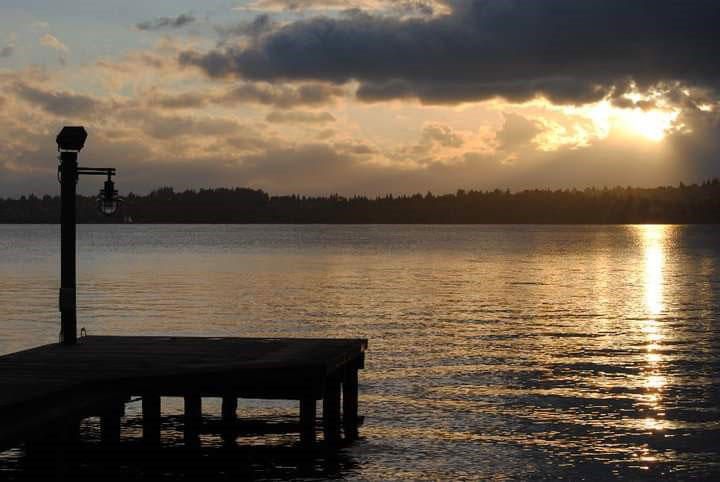
Ask any
professional photographer and they’ll tell you: Mastering light is the secret
to mastering photography. When it comes to nature, your ideal time to snap some
shots is what is known as “Golden Hour”. This gorgeous moment of time tends to
last for about a half hour after sunrise, and begin roughly a half hour before
sunset.
You’ve probably
noticed Golden Hour before – it’s when the colors in the sky start to change
and there is a soft, almost gold-like light that evenly spreads across all
surfaces.
Not only is this the
ideal time of day to photograph because of those gorgeous colors, it also is
when there is the least amount of harsh contrast between light and dark so
you’re able to capture more details in your photo. If you want to experiment
with the effects good lighting can have on your photos, take one landscape
photo midday and then go back to the same spot to take a photo during Golden
Hour and see which one you think looks better.
Play With Shutter Speed
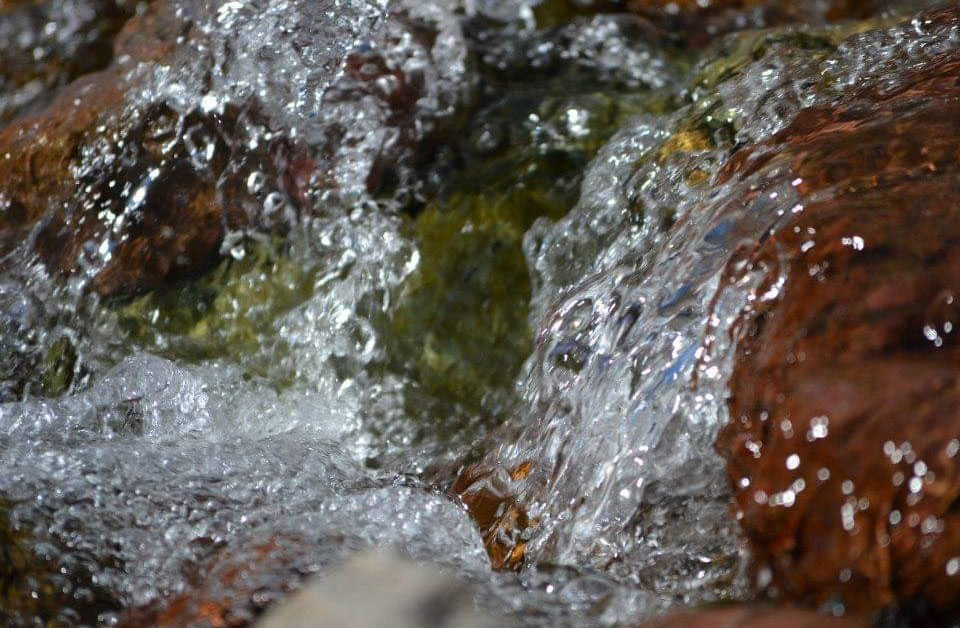
If you read our Tips for Photographing Kids,
you know that shutter speed refers to how long the shutter of the camera is
open and exposing the sensor to light. However, while the shutter is open and
the sensor is registering light, it is also registering any motion occurring
before the shutter closes. So for example, having a slow shutter speed (a.k.a.
Having the shutter open for a longer amount of time) while a child is running
would result in a brighter image from the increase in light, yet the subject
would also be blurred because they were in motion the whole time.
So while having a
faster shutter speed is ideal for photographing kids in action, the opposite
can be true for nature. Specifically, if you love photographing moving rivers
or waterfalls. Have you ever seen one of those landscape photos where the water
almost looks blurred and dreamy? That is most likely because the photographer
had a slow shutter speed.
By slowing down the
shutter speed, your camera is capturing the motion of the water to make it look
blurred, while the rest of nature isn’t moving at a quick enough rate so the
rocks and trees still look crisp and clear. The key here is to make sure your
camera is set-up on something that also isn’t moving like a tripod. Trying to
shoot a slow shutter speed while holding your camera in your hand will likely
result in blur because whether we notice it or not, we often shake and this
small motion will show up in the image.
Bump Up the Saturation
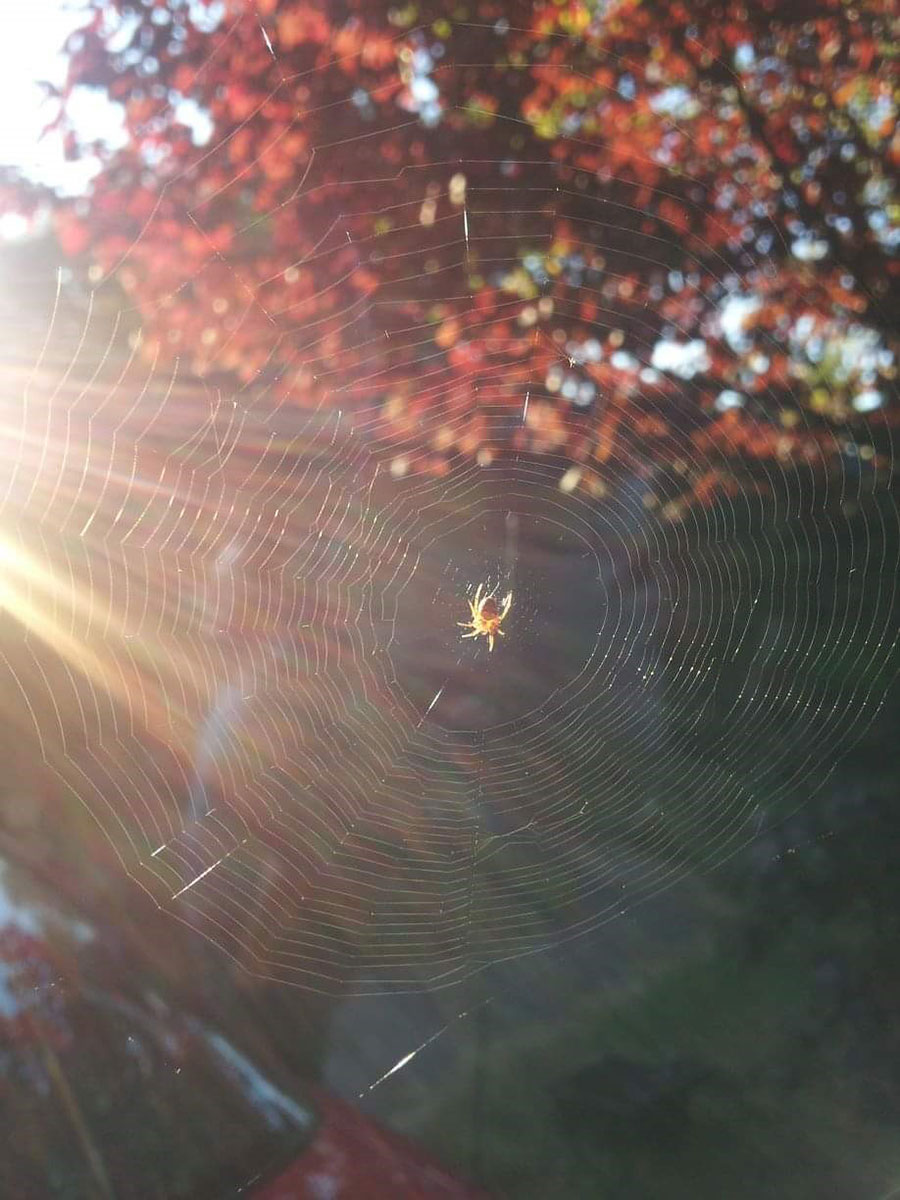
If you decide to
incorporate any post-processing to your images, whether through software like
Adobe Lightroom or even using a phone app like Instagram or VCSO, bumping up
the saturation cane really help a nature image *pop*! Also play with what is
known as White Balance or, on phone apps, may be classified as Warmth. See if you
prefer warmer-toned images or cooler-toned, and how those spectrums can help
heighten various aspects of your image.
Incorporate Some Textures
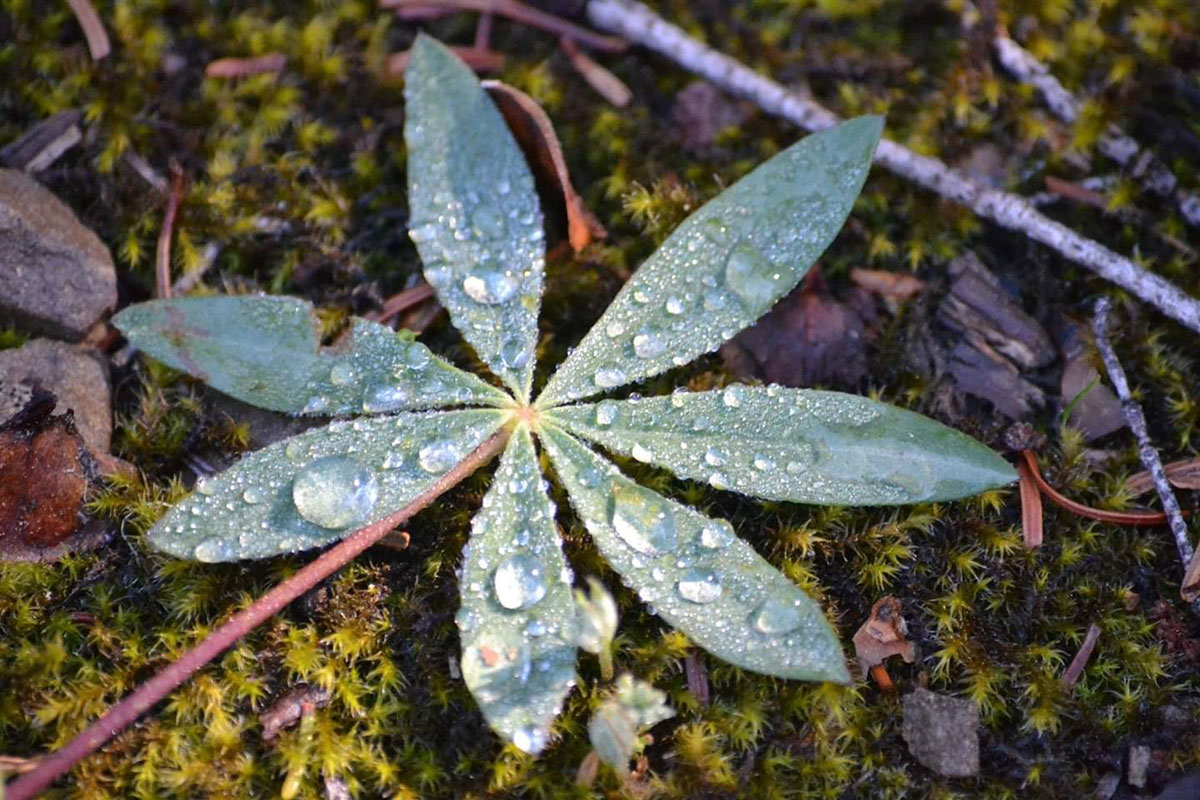
Considering proper
composition such as the Rule of Thirds is a great start for capturing quality
images, but you can go even further with nature photography by incorporating
some texture. Think of what small details in the moment make the experience
unique: maybe there are fallen leaves on the ground, moss growing on the river
rocks, or pine needles hanging from the branches – all these details can be
incorporated into a larger landscape to add some context.
You can add these
details either in the foreground, or by framing the photograph like with
silhouette tree branches or flower blossoms.
Play With Unique Angles
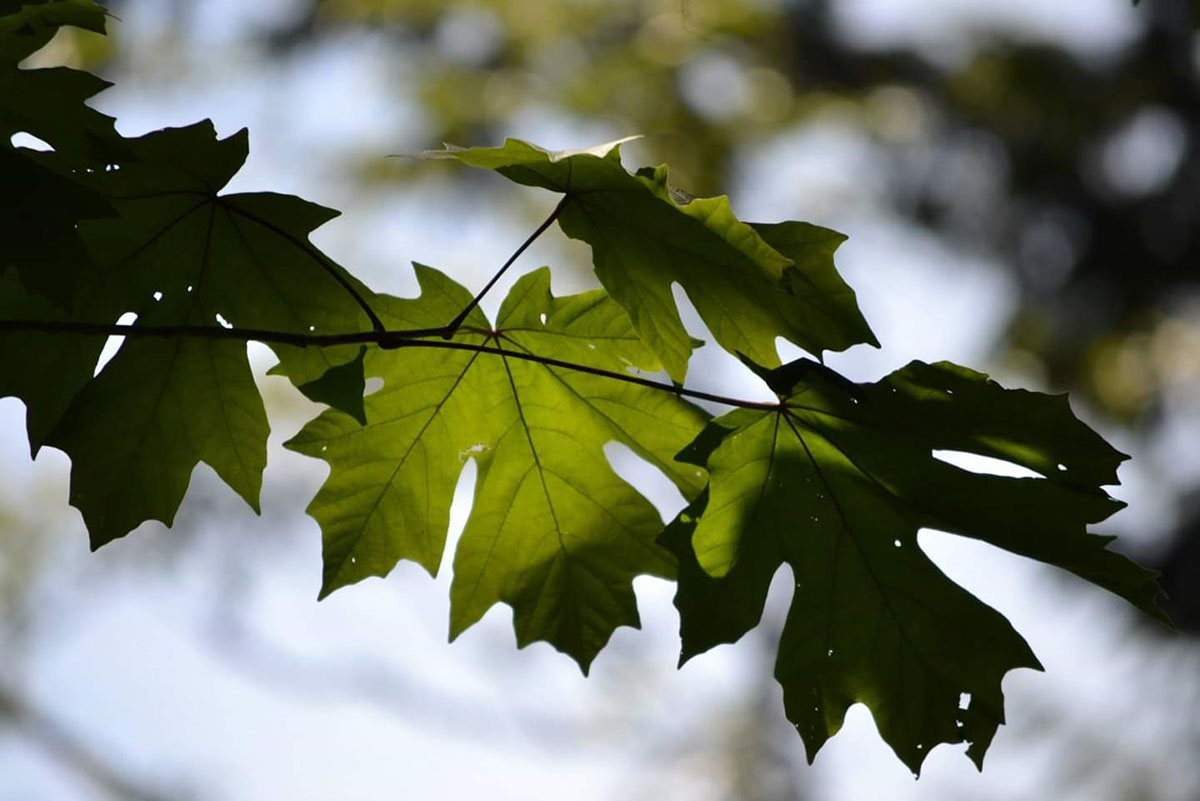
Some of the best
images out there are ones that make us view the world through a new lens;
literally, and figuratively. Next time you got out to photograph, try to think
of a different or unique angle than your typical shot. For example, instead of
just holding the camera up to eye level and *clicking*, maybe you squat down
low and photograph some of the foreground in with the landscape. Or perhaps
instead of standing at the typical viewpoint where everyone takes a shot, you
move a few steps over to one side and try to take an image with a different
perspective than everyone else’s.
At the end of the
day, creativity like photography is a muscle. You’ve got to push yourself out
of your comfort zone and practice often to continue to grow and really see your
performance change. So get out there and capture some beautiful images and
continue to watch yourself grow!
All images by Rachel Auestad